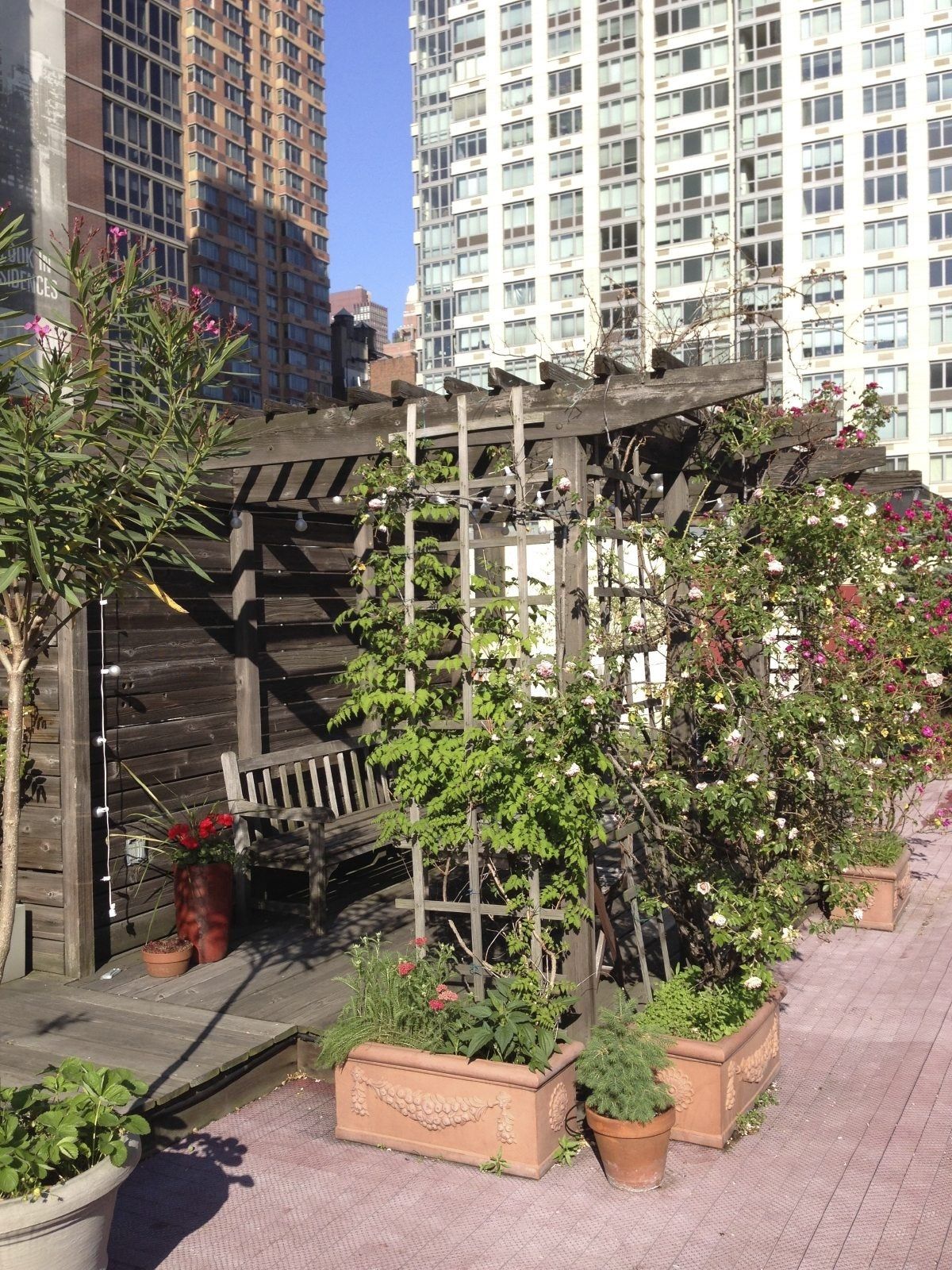Some Known Questions About City Blooming.
6 Simple Techniques For City Blooming
Table of ContentsThe Single Strategy To Use For City BloomingCity Blooming Can Be Fun For AnyoneSome Ideas on City Blooming You Need To KnowThe smart Trick of City Blooming That Nobody is Talking AboutHow City Blooming can Save You Time, Stress, and Money.
Intrigued in growing food available in the City of Chicago? Thinking of beginning a community yard? Adjustments to the Chicago Zoning Statute permit agricultural uses like neighborhood yards and metropolitan ranches in several parts of the city. Below is a list of regularly asked concerns concerning the policies and guidelines that growers should think about when preparing an urban agriculture job.
The zoning modification does not customize any other codes managing composting, building authorizations, buying or renting City had residential property, company licenses or environmental contamination. There are existing codes that control these problems and they remain in full effect and might be applicable to your job. Area gardens are commonly owned or handled by public entities, civic organizations or community-based companies and maintained by volunteers.
Urban ranches expand food that is meant to be offered, either on a nonprofit or for-profit basis. As a result of their commercial function, city ranches need an organization license. Yes. A community garden is enabled to sell excess produce that was grown on site if the sales are accessory or subservient to the yard's key purpose defined over.
The Facts About City Blooming Revealed
The amount of compost product can not surpass 25 cubic lawns at any type of offered time according to the requirements in 7-28-715 of the City's Municipal Code. Since the dirt at many new garden websites requires modifying, garden compost, dirt, wood chips, or various other materials can be obtained to create or improve the expanding space.

If a building license is required after that the hoophouse will certainly be taken into consideration an accessory building. You can learn even more about the structure permit needs by speaking to the Division of Buildings. The 25,000-square-foot dimension limitation is meant to avoid a solitary community garden from controling an offered block or interfering with the block's existing household or industrial personality.
The limit does not apply to yards situated in Public Open Space (POS) districts. Can there be even more than one community yard that is 25,000 square feet on a single block? Fence is not required, nonetheless, yards that have large car park locations might be required to mount fencing or other landscaping attributes.
Some Known Details About City Blooming
B1 & B2 districts need that all industrial use tasks be carried out inside your home. R districts restrict industrial activity. The policies show the objective and intent of the Zoning Code. Is fence needed for urban ranches? Yes. Fences might be called for, along with landscaping and testing, for sure auto parking locations and exterior job or storage space areas depending on place and the certain activity taking area.
Yes. Urban ranches require building authorizations and zoning approvals prior to building and construction. Various other types look at this site of city review may be called for depending on particular structures, activities, size, landscape design, licensing, public heath and stormwater administration problems. Numerous of these needs are recognized in the task design or allowing procedure, nevertheless, the candidate might be accountable to separately recognize particular licenses or allows that might be required.
The Department of Organization Affairs and Consumer Protection can assist establish the specific type of company permit that's required. Off street car parking is required for most commercial projects in Chicago. The required number of car parking rooms is based on the number of employees working on site and not the square video of the expanding area.
Little Known Questions About City Blooming.

An urban farm can offer compost product produced on site, nevertheless, the procedure has to conform with the regulations in 7-28-715 of the Chicago Municipal Code. Aquaponic systems are enabled indoors on metropolitan farms in numerous zoning districts.
Approximately 5 hives or colonies of honey bees may be maintained as an accessory use. Beekeepers must sign up with the Illinois Division of Farming. For additional information about the proposed zoning amendment you might get in touch with the Division of Real Estate and Economic Growth, Bureau of Preparation and Zoning at 312.744.8563.
Farming in cities and metropolitan areas An urban farm in Chicago. Urban agriculture refers to numerous methods of cultivating. https://www.provenexpert.com/city-blooming/, handling, and distributing food in urban areas. The term also uses to the location activities of animal husbandry, tank farming, beekeeping, and horticulture in a city context. Urban farming is distinguished from peri-urban agriculture, which happens in backwoods at the edge of suburbs.
The smart Trick of City Blooming That Nobody is Talking About
It can involve a movement of natural cultivators, "foodies" and "locavores", who look for to create socials media based on a common principles of nature and neighborhood holism. These networks can develop by method of official institutional support, coming to be integrated into neighborhood town as a "transition community" activity for sustainable urban growth.
In either case, the more direct access to fresh veggie, fruit, and meat products that might be become aware through city agriculture can enhance food security and food safety and security while lowering food miles, leading to reduced greenhouse gas exhausts, thus adding to environment change mitigation. Some of the very first proof of urban farming originates from Mesopotamia.